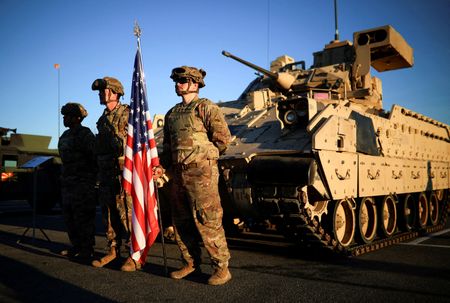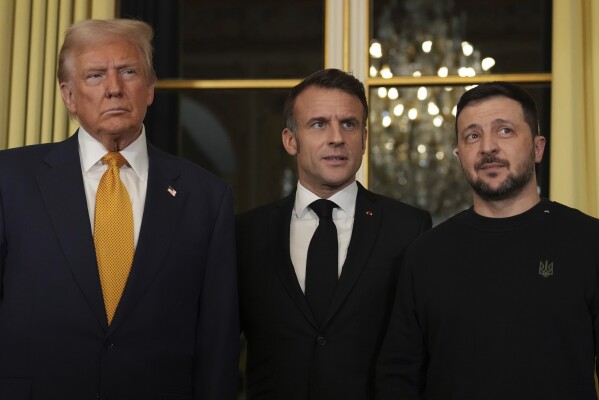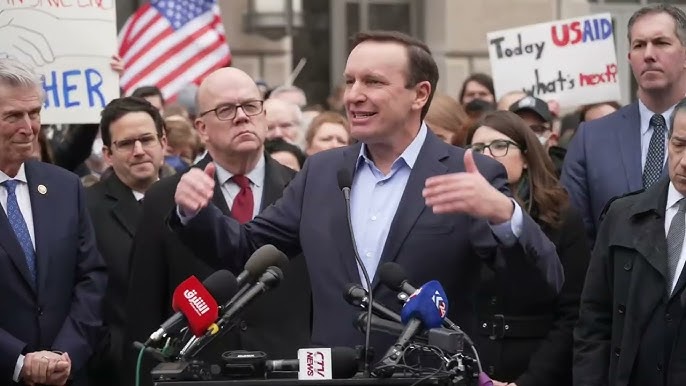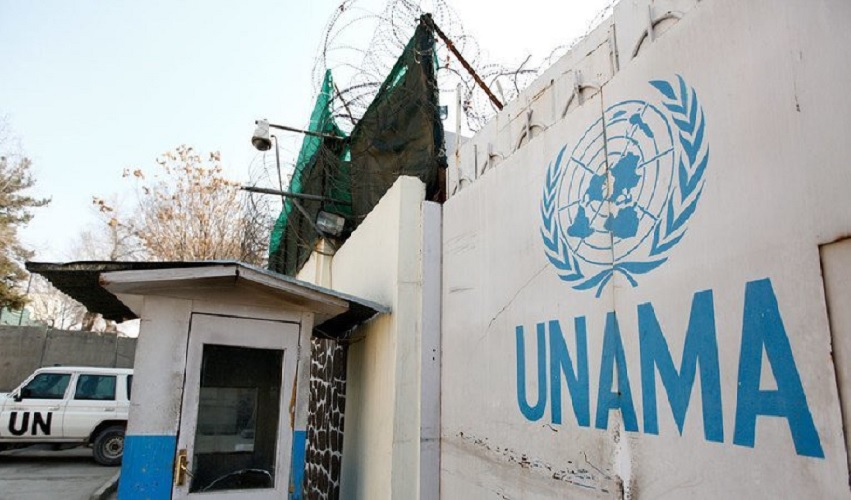WORLD NEWS

NATO officials are preparing to negotiate a new defence spending target, likely surpassing the current 2% of GDP, but will likely fall short of the 5% target proposed by U.S. President-elect Donald Trump. While Trump's call for NATO countries to spend 5% of their GDP on defence garnered widespread attention, it has been met with resistance from many members, who argue that such a hike would be politically and economically unfeasible.
Trump’s Proposal and NATO’s Response
During a press conference on Tuesday, Trump called for NATO members to significantly increase their defence budgets, urging them to allocate 5% of their GDP to defence spending. This figure represents a substantial increase from the current target of 2%, which no NATO country, including the United States, has met. Trump's comments highlight his continued focus on NATO spending, a central issue during his first term, where he frequently threatened to withhold U.S. protection from allies that failed to meet the defence spending target.
However, NATO officials have agreed that defence spending must increase, especially in the face of growing threats from Russia. Despite this, many member countries, especially in Europe, believe that the 5% figure is not realistic. Analysts suggest that reaching this target would require hundreds of billions of dollars in additional funding and would be politically difficult for most countries, given their already stretched public finances.
Likely New Target: 3%
A new target is expected to be set during the NATO summit in The Hague in June, driven by the ongoing threat posed by Russia and by Trump’s push for higher spending. While the 5% figure may be off the table, officials believe a target closer to 3% is more achievable. This would represent a significant step up from the current 2% target, which many NATO countries are still struggling to meet a decade after it was first set.
Italian Defence Minister Guido Crosetto confirmed that while 5% was unlikely, there would be a push for a new target higher than 2%. “It will not be two, which we are already struggling to reach, but it will be more than two,” Crosetto stated.
Defence Spending Surge in Europe
In response to Russia’s aggression in Ukraine, many European countries have significantly increased their defence budgets in recent years. However, analysts note that it will take years for countries to reach a new target, even if current spending rates continue at an accelerated pace. A move towards 3% of GDP on defence would require years of sustained increases and could place immense pressure on national budgets.
Some European leaders, including France and the Baltic states, have proposed that the European Union should explore joint borrowing to fund defence initiatives. However, this idea remains contentious, particularly in Germany, where national election results in the coming months may influence the direction of this debate.
Self-Reliance and Strategic Needs
In the current security environment, many believe that European nations need to invest more in their own defence capabilities, reducing their reliance on the United States. This includes investing in key military capabilities such as air-to-air refuelling, military transport, and electronic warfare systems—areas where the U.S. currently plays a major role. These investments are costly but necessary for NATO’s long-term security.
Camille Grand, former NATO official for defence investment, emphasized the importance of increasing defence spending to ensure that NATO countries are self-reliant. “All of these things cost a lot of money. Some of them are big-ticket items,” Grand said.
Marie-Agnes Strack-Zimmermann, chair of the European Parliament's defence subcommittee, echoed this sentiment, stating that Europe needs to increase its defence spending but should not fixate on an arbitrary figure. “We need to mobilise a lot more money, but we shouldn't let Trump drive us crazy,” she said.
Conclusion
NATO is on the brink of setting a new defence spending target, which will likely exceed the current 2% threshold. While Trump’s 5% proposal may be too ambitious for most member countries, the alliance is expected to agree on a more achievable target, possibly 3%. The shift in NATO’s focus comes amid growing concerns over Russia’s aggression and the need for European nations to become more self-reliant in defence. While challenges remain, the new target will likely shape NATO’s defence posture for years to come.




